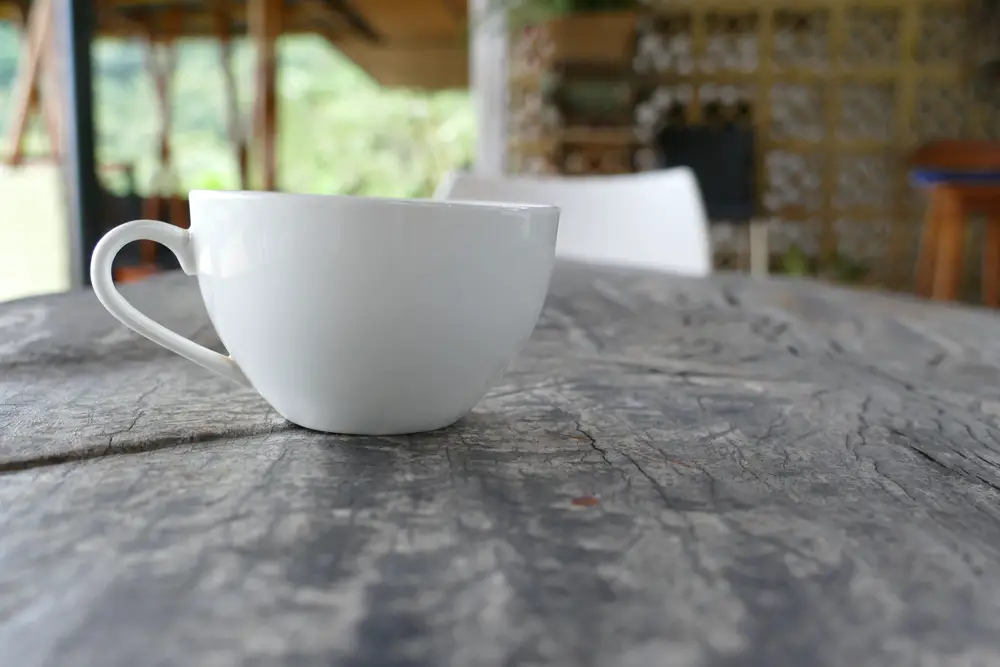The cup for our morning coffee seems insignificant. However, the differences that materials, size and shape can make are enormous.
Table of Contents
How does the coffee cup affect our senses?
Studies have shown that, despite the same brew, we can detect differences in taste and smell when we serve coffee in different cups.
What influence does the shape of the cup have on the perception of the coffee?
The shape of the cup is very important. A survey of 310 people by Food Quality and Preference magazine found that most people expect a slightly more flavorful coffee when served in a small cup.
How does the color of the cup affect the perception of the coffee?
The color of the cup for our coffee can also have a great impact on our senses.
To this end, a study was conducted in Australia in which 18 participants were asked to drink three servings of coffee to show that the color of the cup can affect the perception of the taste of food.
After each participant tasted the three servings in three different colored cups, it was found that the participants associated the white cup with a more intense taste, the blue cup with a sweet taste, and the clear cup with a bitter taste.
However, the preparation was the same in all cases.
What material is best for your mug?
The material of our mug is very important as it ensures that no flavors are transferred to the coffee or that the material of our mug can hold the temperature of the coffee.
You should know that it is best to keep the coffee at the same temperature because, according to studies by the National Coffee Association, coffee aromas and flavors are harder to discern at temperatures below 50ºC. They recommend drinking the coffee at 60° to 70° C.
Glass cups
Glass cups are a very good choice as glass does not impart flavors to the coffee, however it does not maintain the temperature of the beverages for long.
In addition, not every glass can withstand very high temperatures, so there is a risk that these cups will break when you pour your coffee in them.
Metal mug
Coffee mugs or thermos flasks made of different metals, e.g. Stainless steel, for example, are excellent choices as they maintain the temperature of the coffee. However, in order to use metal as a material for a mug, it must go through a process of applying a coating.
This coating can crack, which is not uncommon over time. Then the metal imparts strange aromas to the coffee.
Porcelain or ceramic mugs
Ceramic is an excellent neutral material. This means the coffee tastes the way it’s supposed to taste and the cup doesn’t leach any flavors into the coffee.
Ceramic cups keep the temperature better, which has a positive effect on the taste of the coffee.
Plastic cup
Although it’s not common to use plastic cups at home, you can find them quite often. In Colombia, for example, you often get plastic cups in restaurants.
Plastic is not the best material, even if it is the cheapest. Plastic is not very temperature resistant. Not only can this result in an odd taste, but unwanted chemicals from the plastic can mix with the coffee.
Paper cup
Paper cups might not seem like a bad choice, but paper is a very porous material, so our coffee often takes on the flavor of the paper.
Also, paper is not a particularly good insulator, so the coffee gets cold quickly.
Which material should you choose?
According to the recommendations of experts, the best material for our cup is porcelain or ceramic because it is a neutral material and it helps us to keep the temperature in our coffee.



